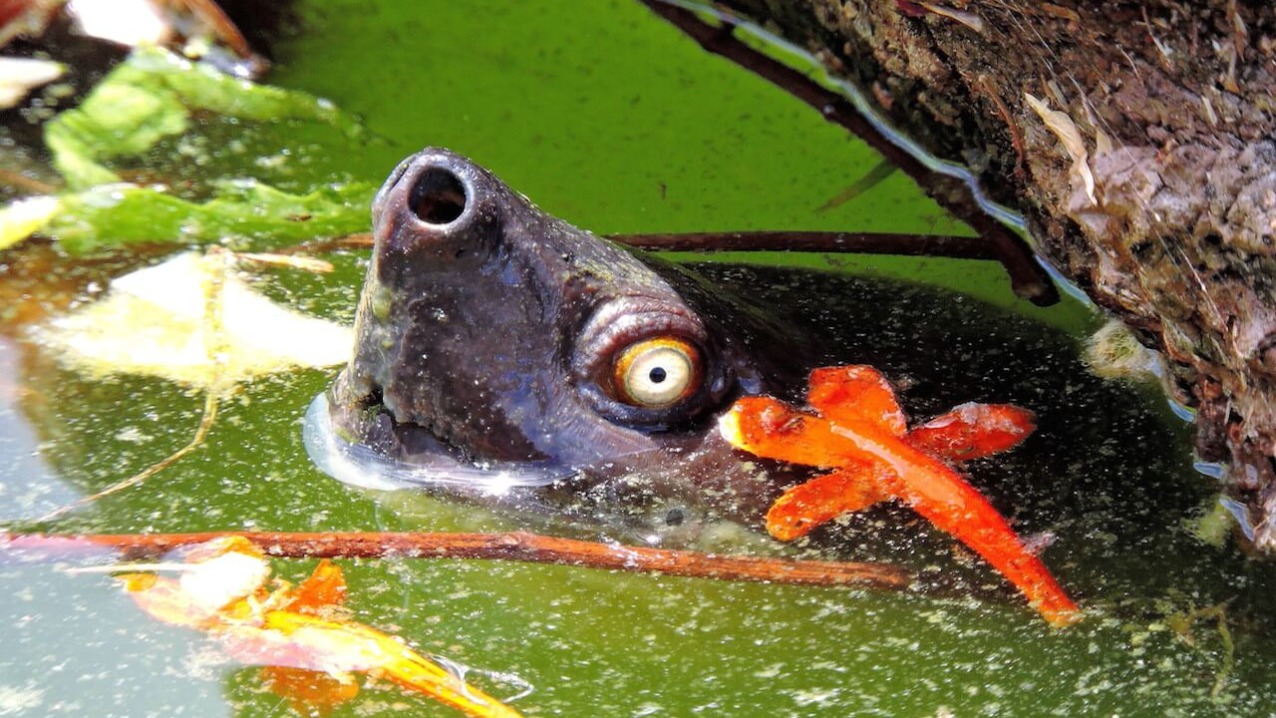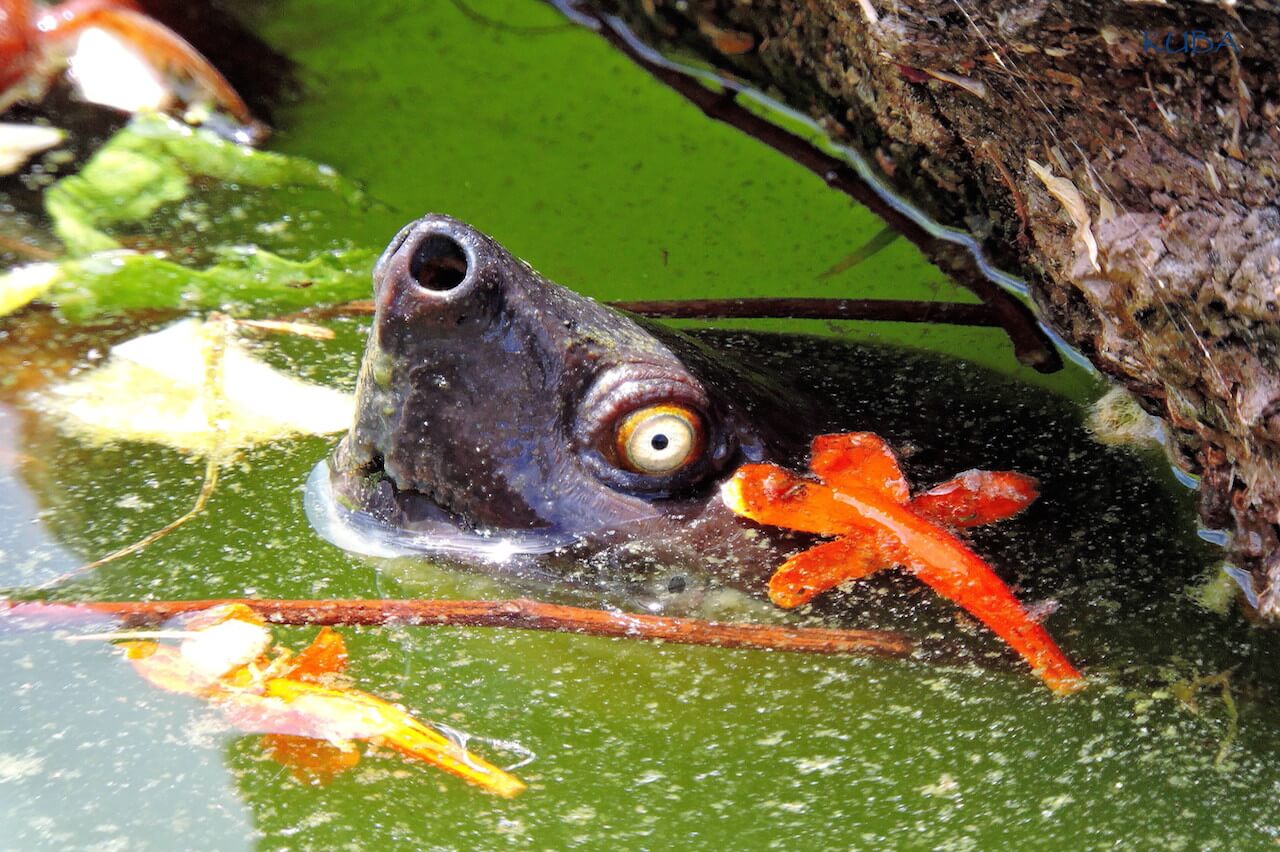batagur baska
River Terrapin (Tutong)
About Me
Scientific Name: Batagur baska
Description
This freshwater turtle can grow to have a shell length of 2 feet! They have easily recognizeable upturned nostrils, and white eyes. Although they are typically olive brown in shell color, the males undergo a remarkable change in the breeding season, sporting black heads, crimson arms and legs, yellow eyes, and an orange ring around the upper portion of their shells!
Fun Facts
- Tutong are omnivores, feeding on a range of foods, from river plants to clams buried in the mud.
- During the breeding season, females are known to migrate upriver in search of the ideal nesting site; often, the place where they themselves were born. This sometimes means journeys of 50 or 60 miles!
- Kingdom: Animalia
- Phylum: Chordata
- Class: Reptilia
- Order: Testudines
This freshwater turtle can grow to have a shell length of 2 feet! They have easily recognizable upturned nostrils, and white eyes. Although they are typically olive brown in shell color, the males undergo a remarkable change in the breeding season, sporting black heads, crimson arms and legs, yellow eyes, and an orange ring around the upper portion of their shells!
Tutong are omnivores, feeding on a range of foods, from river plants to clams buried in the mud.
The last populations of Tutong are found in India, Indonesia, Bangaladesh, and Malaysia. It is extinct in its former range of Thailand, Myanmar, Vietnam, and Singapore. They are aquatic and spend most of their time in estuaries and creeks.
During the breeding season, females are known to migrate upriver in search of the ideal nesting site; often, the place where they themselves were born. This sometimes means journeys of 50 or 60 miles!
Females can lay 3 clutches of eggs per season, with 13-34 eggs in each clutch.
This animal is Critically Endangered under the IUCN Red List. It is extinct in much of its former range, and the last strongholds for this animal are still poorly protected. It’s primary threats include over-harvest of meat and eggs for food, as well as loss of habitat, boat strikes, and net entanglements.
The Honolulu Zoo is proud to be stewards of this precious species. Our female has sired 14 offspring in 2016.
Boulenger, George Albert (1890). The fauna of British India, including Ceylon and Burma: reptilia and Batrachia. Taylor & Francis.
Batagur baska Field Guide – Asian Turtle Conservation Network. (n.d.). Retrieved January 12, 2017, from http://www.asianturtlenetwork.org/field_guide/Batagur_baska.htm
Batagur baska . (n.d.). Retrieved January 12, 2017, from http://www.iucnredlist.org/details/2614/0
Other Reptiles
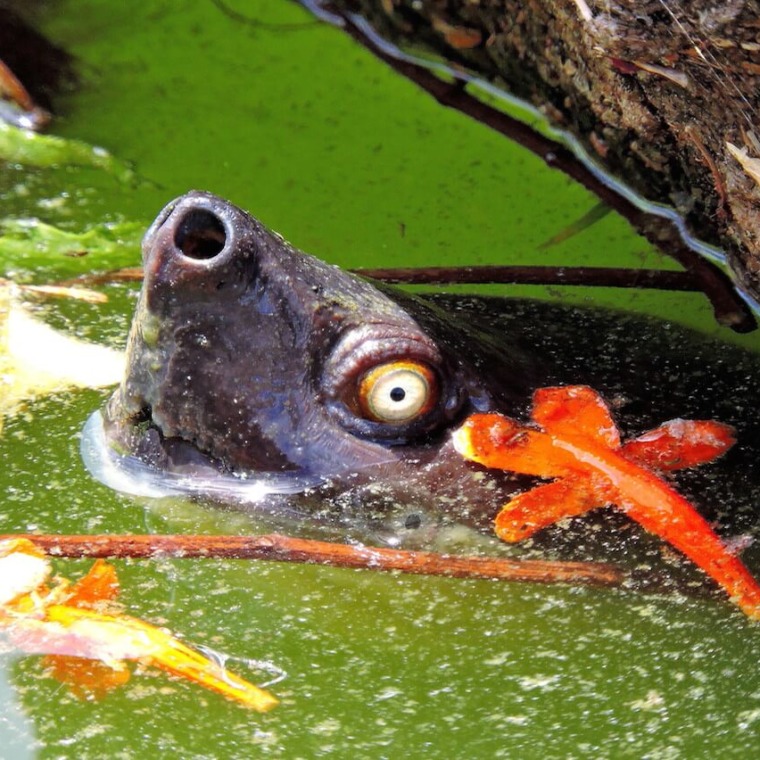
The last populations of Tutong are found in India, Indonesia, Bangaladesh, and Malaysia. It is extinct in its former range of Thailand, Myanmar, Vietnam, and Singapore.
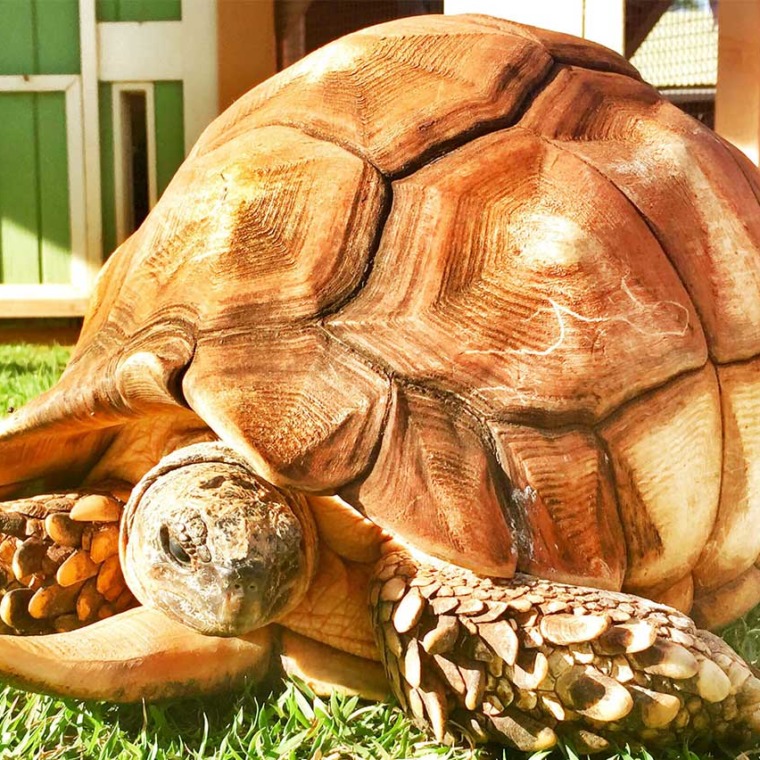
Inactive during cool, dry season (May to October). Does not dig burrows. Seeks protection in thickets and seeks shelter in surface litter. Forages during morning and late afternoon.
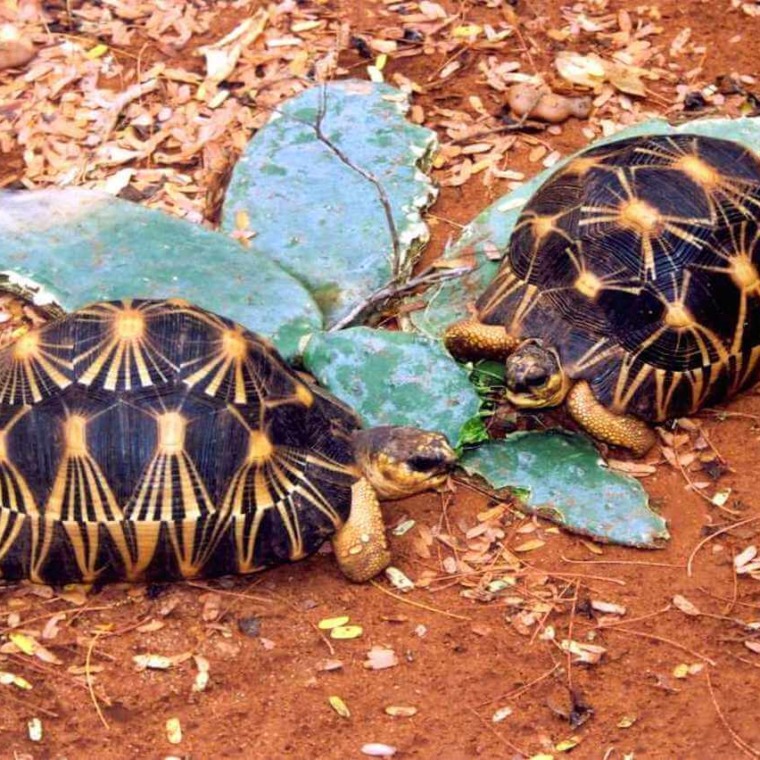
In the wild, this reptile is relegated to the extreme south and south-western portions of Madagascar. In recent times, they have also been introduced to the nearby island of Reunion.
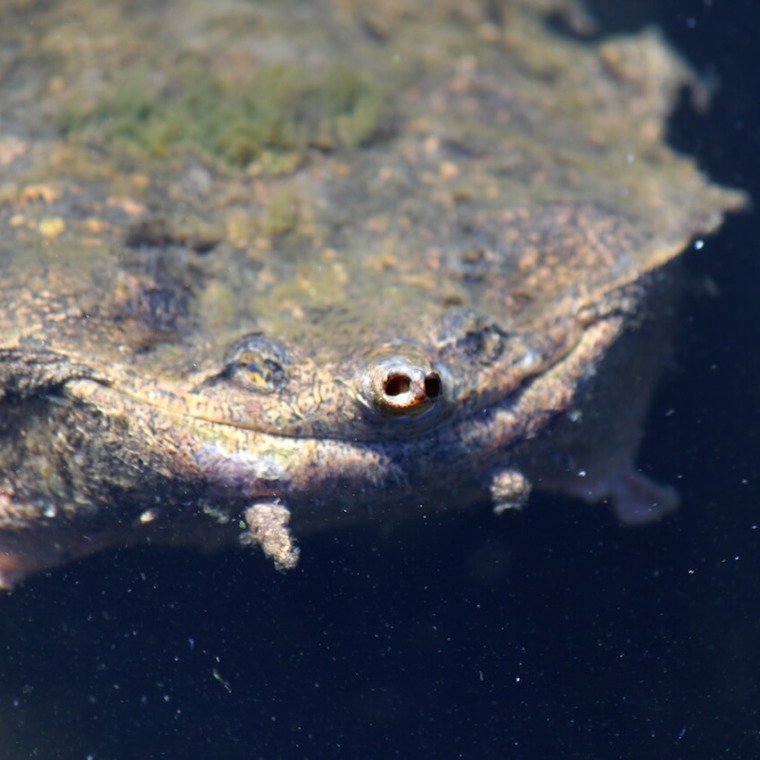
This species inhabits stagnant pools in Brazil and the Guianas and also in parts of the Amazon River and in Trinidad.
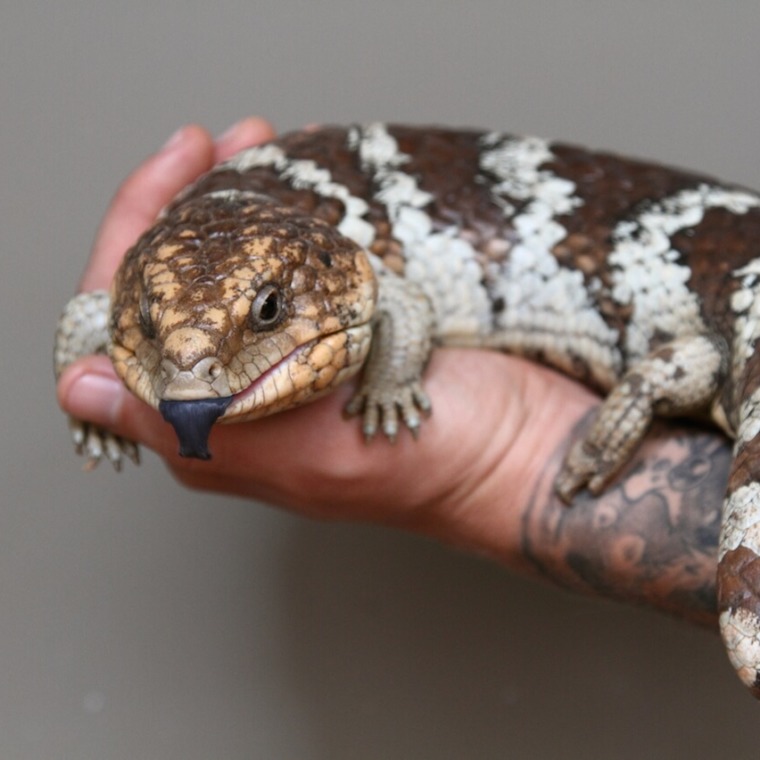
The Shingleback skink is found in southern and western Australia, in desert grassland areas or sandy dunes. Skinks are shy and secretive and seldom stray far from their shelter.


